I love playing with old lenses (and interesting color films, too) for their character. Creativity is a form of play, and the Exakta VX is a fun toy for exploring these things (and it’s Jimmy Stewart’s camera in Rear Window). There are the aesthetics, especially that gorgeous Spencerian script on the finder, and the overall art-deco vibe. In the late-30s, the Kine Exakta and its successors, the VX and VX II, were the first “system” 35mm cameras. They have interchangeable lenses in a bayonet mount, interchangeable finders, and accessories for macro, microscope, and astronomical photography. Their built-in knives and available take-up cassettes allow film swapping mid-roll. I have four lenses, a Carl Zeiss Jena 58mm Biotar, a CZJ Flektogon 35mm, a Schneider 135 Tele Xenar, and a 100mm Steinheil Tele Casserit.
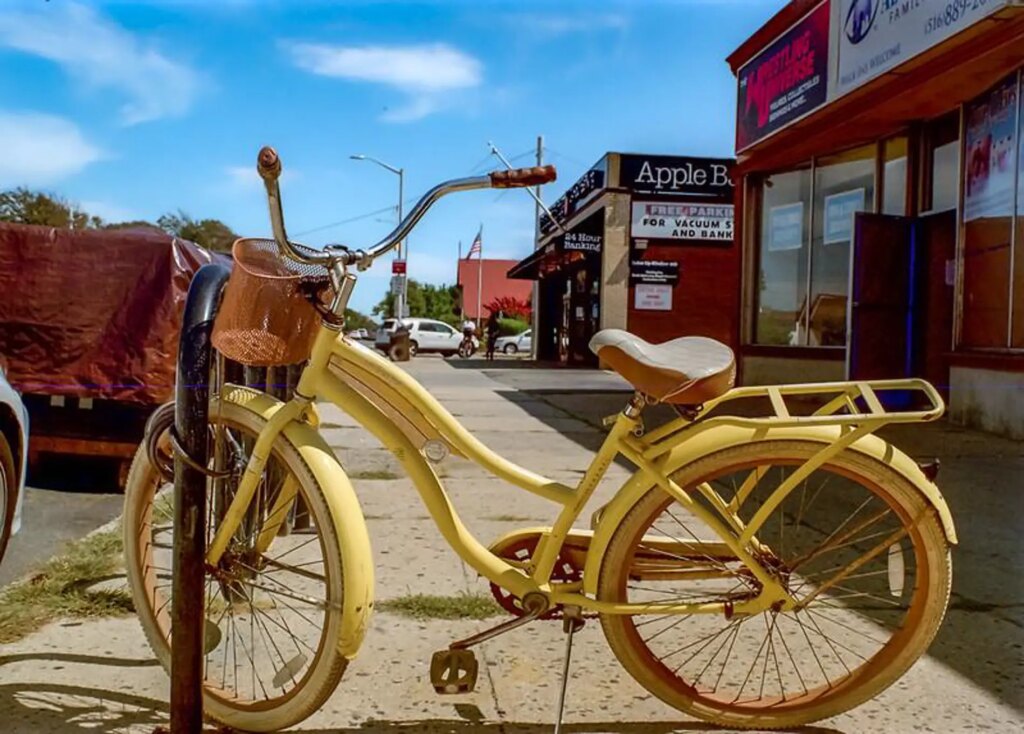
The other standout feature of the Exakta VX is a left-handed control layout. This wasn’t because the designer was left-handed. He believed focusing was the most crucial camera operator’s job so that the right hand can concentrate on that; the left does everything else. As a lefty, I wish more cameras were built like this.
The operating system, in addition to being left-handed, is decidedly vintage. There are separate dials for 1/25-1/1000 and 1/15th-12 seconds. There is a film advance lever, but it’s on the left side and rotates through a 300-degree arc, which means taking the camera away from your eye when advancing film; you MUST advance the film after every shot because the mirror is not instant return. The viewfinder will be blacked out, and the sun can be magnified by the lens elements and burn tiny pinholes in the shutter curtains, which are rubberized cloth. That said, because the mirror doesn’t instant-return, an Exakta is quieter than a modern SLR, and there’s less vibration.
Loading film is the same as in a modern SLR, assuming you don’t use an Exakta take-up cassette (I’ve got an alert on eBay; they’re rare). This brings us to the most annoying part of the Exakta experience: rewinding the film. The rewind knob is on the bottom right. The release button is on the top left. To rewind, you press the middle of the rewind knob and start turning … and you’ll keep turning for what feels like ages since your wrist is only flexible enough to give it half a turn at a time. I’m convinced the reason for this awkwardness is because Exakta intended for everyone to use take-up cassettes, in which case you’d employ the built-in knife to cut the film, then wind the exposed part into the take-up cassette.
So what is the Exakta VX like in actual use? These cameras were initially sold with two finders, an eye-level pentaprism, and a waist-level. The waist-level finder is an obvious tool for street photography – people ignore cameras unless it’s at eye-level. But there’s another use-case: careful composition. The waist-level finder is like looking through a view camera’s ground glass. A third use-case: it’s easier when wearing glasses. I almost always use the prism, though, because, at waist distance, a 35mm image is tiny. The cliche that some cameras force you to slow down and pay attention applies here, although, with practice, you can move quickly.
Besides looking cool – this is the camera I’ll bring when visiting Paris – it’s all about those neat-ass vintage lenses.
The prime on both my bodies is the Carl Zeiss Jena 58mm Biotar. Fifty-eight millimeters seems arbitrary, but, it’s the 35mm focal length that renders subjects their actual size – with a 50, objects are smaller than they appear. My Biotars have a red “T” (no star, though), and despite East German origins, they have the characteristic Zeiss sharpness, in which edges of things pop.
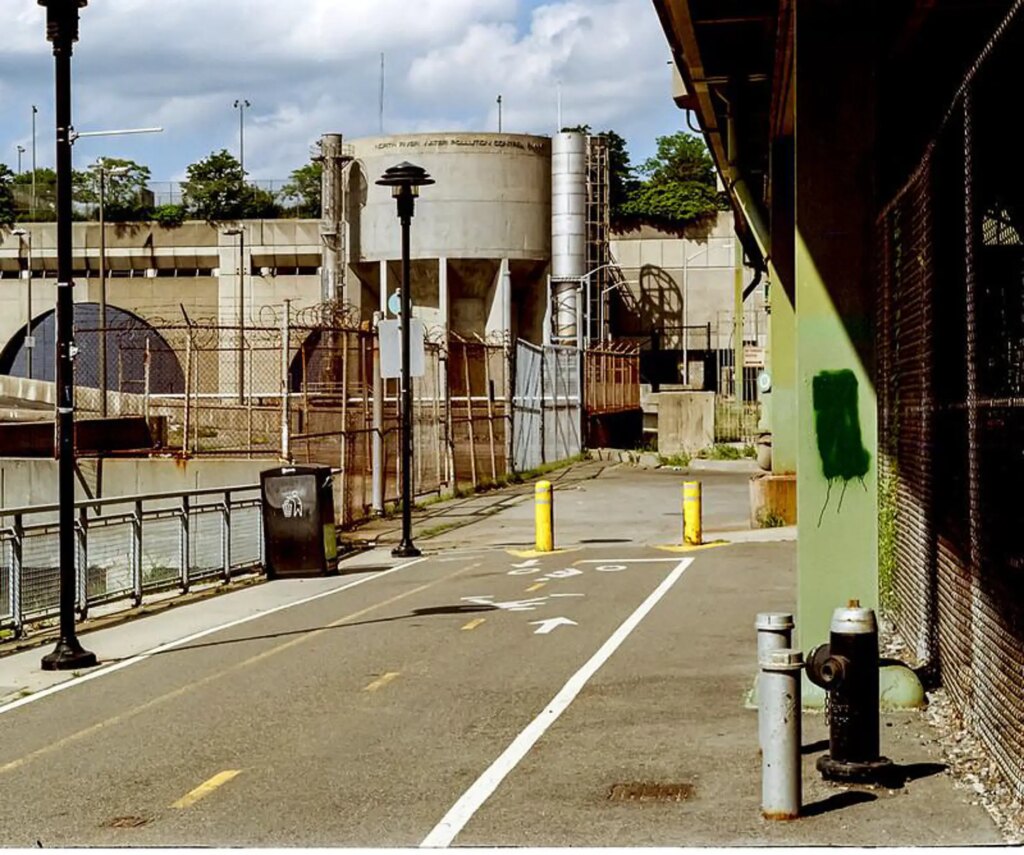
Color-wise, they are slightly desaturated and slightly warmer than modern glass. Surprisingly, they handle flare reasonably – the lights in this night shot of the Little Red Lighthouse have halos, but I don’t think they ruin the picture.
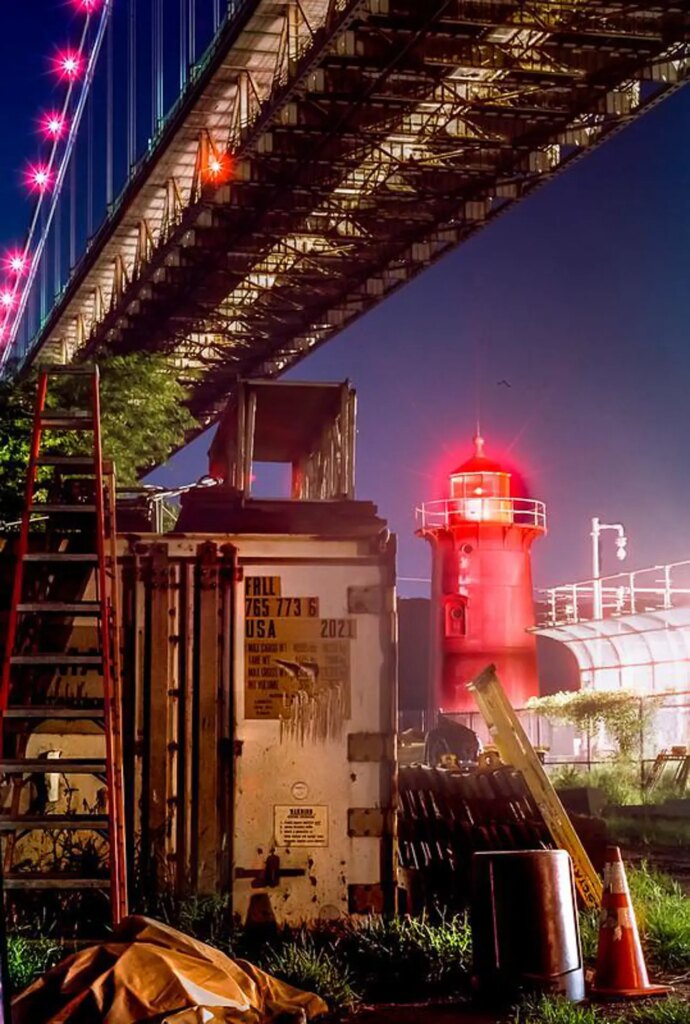
The lens I use the most is a Carl Zeiss Jena 35mm Flektogon. It lacks a red “T,” but its rendering resembles the Biotar. With both Zeiss lenses, red pops, giving an “I’m reading an old National Geographic” vibe.

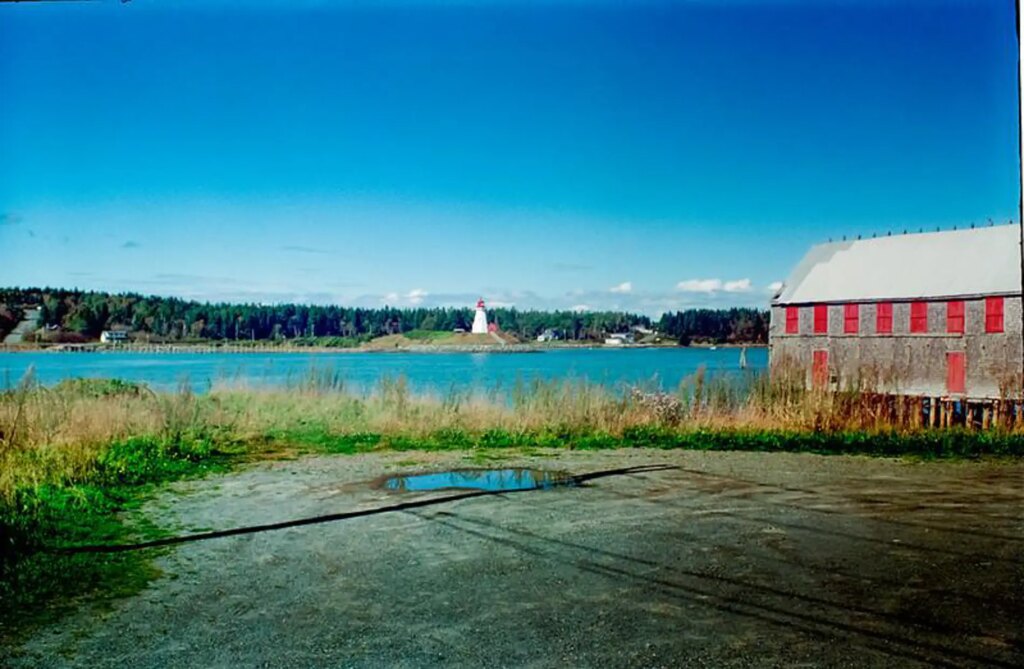
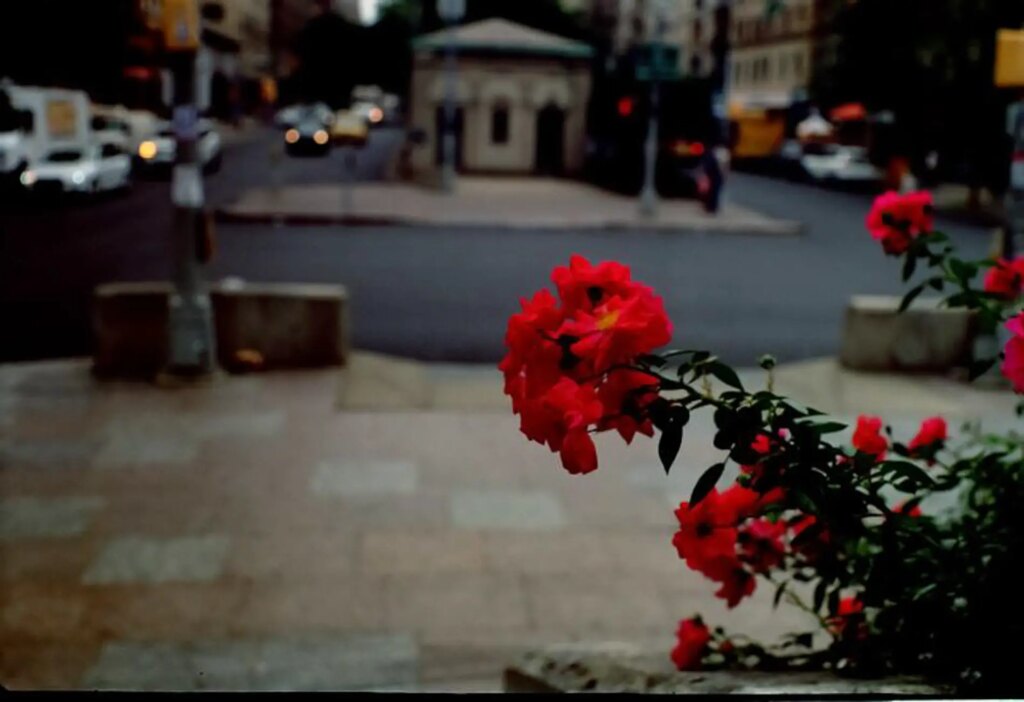
The earliest SLR lenses had an f-stop ring, and only an f-stop ring, so if you shoot at, say, F11, you’ll compose in a VERY dark viewfinder, OR, you can frame the shot wide-open, then set the f-stop and take the photo. Neither is convenient. My Zeiss lenses both have semi-automatic diaphragms. You set the f-stop, then “cock” the lens with a lever on the bottom, set the f-stop, compose wide open, and the lens “automatically” steps down when you press the shutter release. Make a habit of cocking the lens right after you advance the film.
Many companies made Exakta mount lenses; I’ve barely scratched the surface. The 100mm Steinheil Tele Casserit is sharp enough, as is my Schneider 135, but low in contrast. One of these days, I’ll shoot a roll of Ektachrome through them, which should be synergistic. Both these lenses appear designed with semi-automatic diaphragms, but neither is working, so it’s compose and stop down.
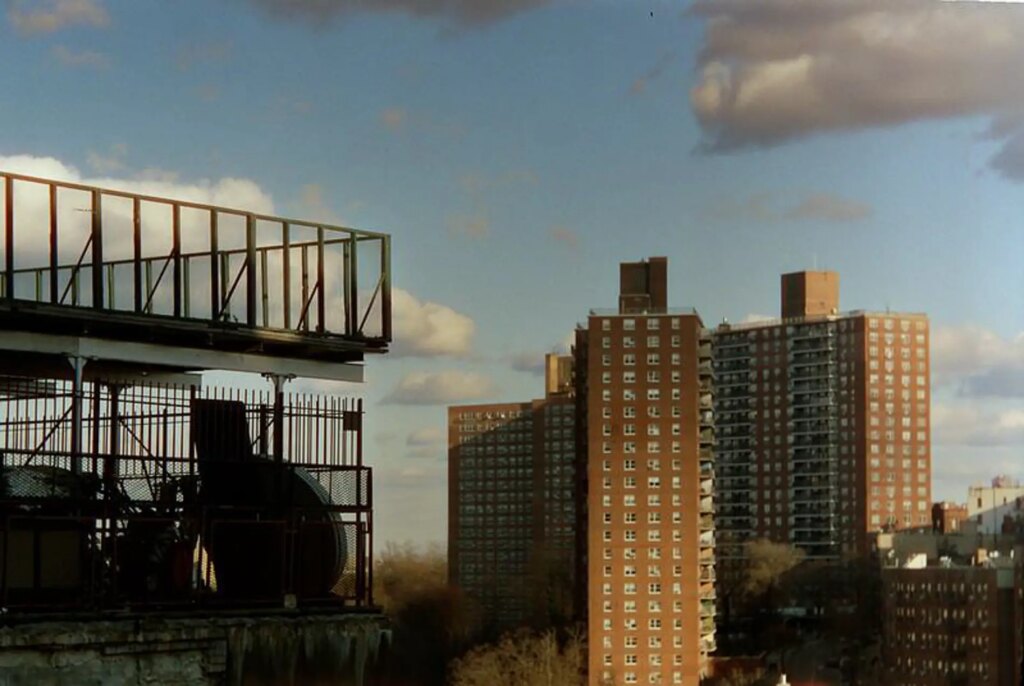
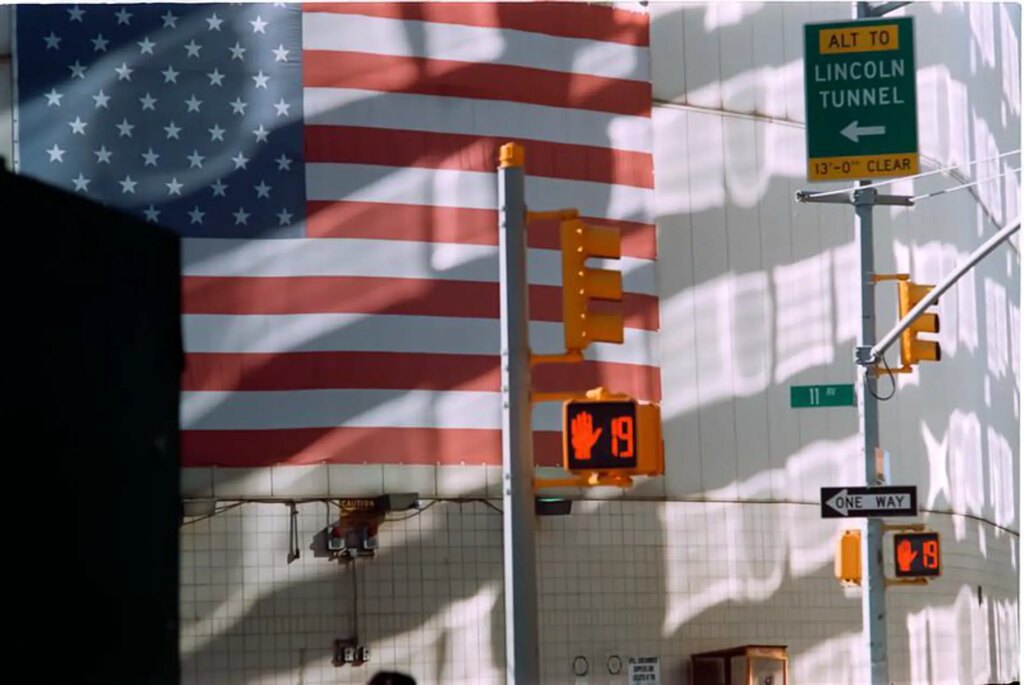
The Exakta VX is now my default carry-around camera; the Nikon D600 and Nikon FM gather dust in a drawer.
With its seeming objectivity, photography captures the passage of time, and death is always the subtext. Edgar Allen Poe connected this to true beauty. We take photos of milestones because we’ll never have those moments again. The Surrealists loved Atget because he saved a Paris long gone. For the right sort of quirky person, the Exakta and its lenses let you access the past without waiting forty years.
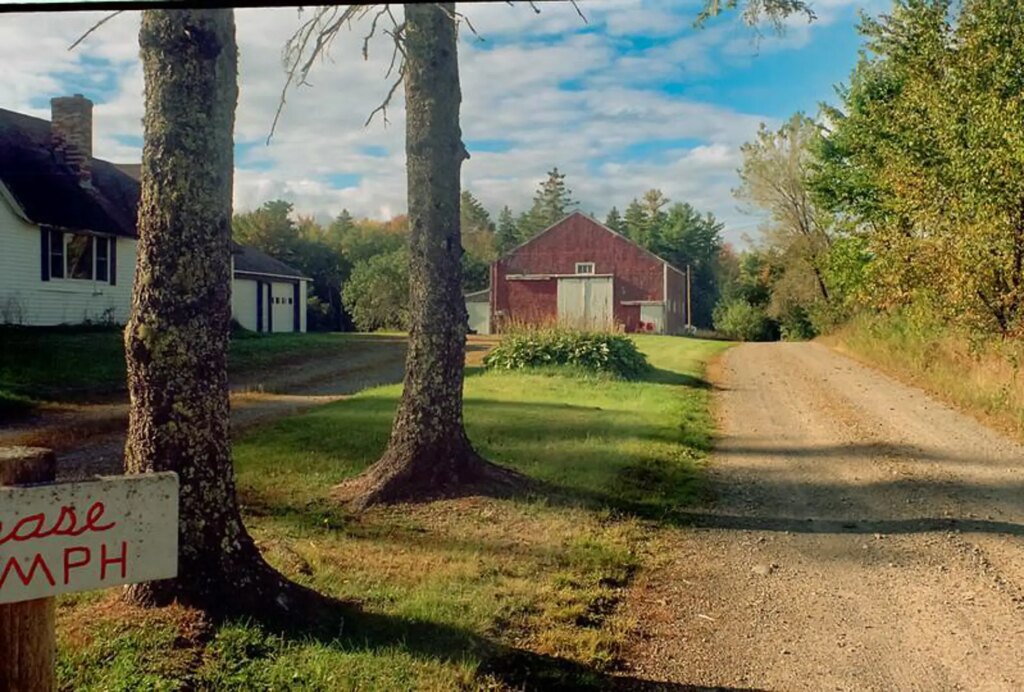
Highly recommended.
Steve Fretz has been taking photographs for forty years. Follow him on Flickr.
Share this post:
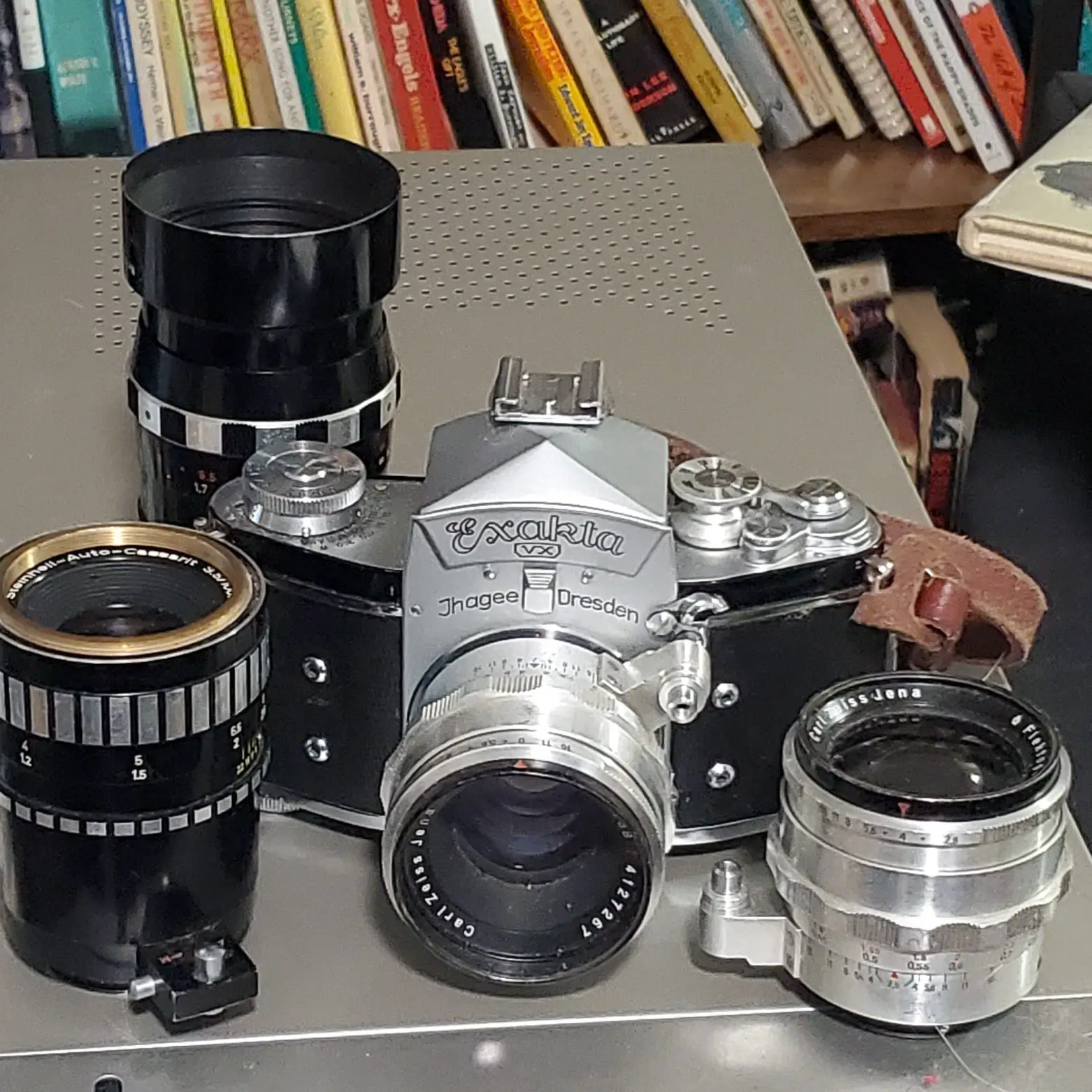








Comments
Ibraar Hussain on Exakta VX Review – Through The Past, Brightly
Comment posted: 22/05/2023
I was really really pleased to see your photographs - love the colour, the red really pops! And such clean look! I haven’t ever tried this film before.
Thanks
Comment posted: 22/05/2023
Comment posted: 22/05/2023
Ed Currie on Exakta VX Review – Through The Past, Brightly
Comment posted: 22/05/2023
Comment posted: 22/05/2023
Comment posted: 22/05/2023
Eric on Exakta VX Review – Through The Past, Brightly
Comment posted: 22/05/2023
Comment posted: 22/05/2023
Geoff on Exakta VX Review – Through The Past, Brightly
Comment posted: 22/05/2023
Comment posted: 22/05/2023
Comment posted: 22/05/2023
Comment posted: 22/05/2023
Comment posted: 22/05/2023
Geoff on Exakta VX Review – Through The Past, Brightly
Comment posted: 22/05/2023
Peter Roberts on Exakta VX Review – Through The Past, Brightly
Comment posted: 22/05/2023
Not in the same class, but my Exa 500 dates from the time when austerity had turned the glittering pre-war beauty into a rather dumpy and cantankerous East German hausfrau. But looking at the gorgeous colour in those images has made me want to take her out loaded with some colour film.
Thanks for posting.
Comment posted: 22/05/2023
Simon Foale on Exakta VX Review – Through The Past, Brightly
Comment posted: 22/05/2023
Comment posted: 22/05/2023
Castelli Daniel on Exakta VX Review – Through The Past, Brightly
Comment posted: 22/05/2023
I have been treated for GAS, but this is one camera I’d go after. Yes, take it to Paris, or Rome or wherever! Just a beautifully made machine.
Dan
John Orr on Exakta VX Review – Through The Past, Brightly
Comment posted: 22/05/2023
Comment posted: 22/05/2023
tbm3fan on Exakta VX Review – Through The Past, Brightly
Comment posted: 23/05/2023
Scott Gitlin on Exakta VX Review – Through The Past, Brightly
Comment posted: 29/05/2023
Ian on Exakta VX Review – Through The Past, Brightly
Comment posted: 17/01/2024